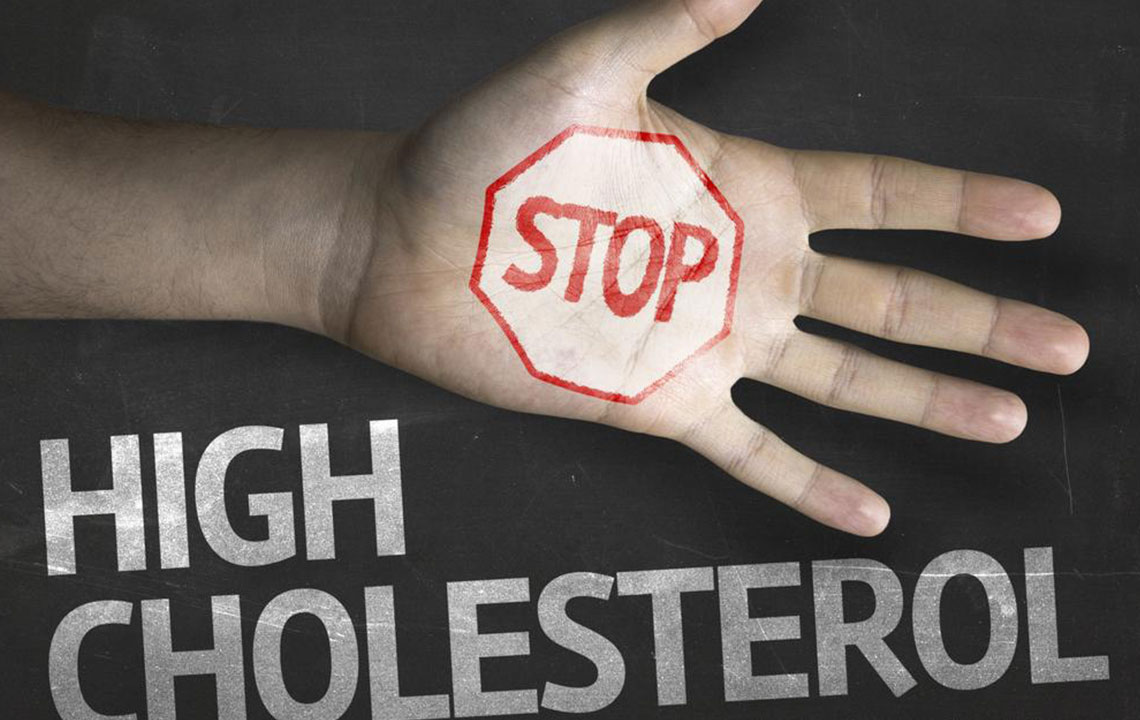Here’s What You Must About The Ideal Cholesterol Levels
Sterols are naturally occurring fats in the human body and cholesterol is the main sterol. There are two primary sources of cholesterol in our body. The liver is the leading producer of cholesterol. The human body requires a certain level of cholesterol for normal functioning. But excess cholesterol, in addition to other fatty substances, can cause the formation of plaque which then adheres to the walls of arteries. With the increase in plaque buildup, the blood and oxygen flow in the arteries is bound to reduce.

- Total Cholesterol
- LDL (Low-Density Lipoproteins)
- HDL (High- Density Lipoproteins)
Triglycerides
Since fat is insoluble in water, it cannot circulate throughout the body. The human body has found a way to produce water-soluble fat and transport it. These are Lipoproteins. This is the form in which most of the fat exists in the human body. A higher risk of coronary heart disease has been linked to higher levels of Triglycerides.Therefore your ideal cholesterol level is actually a measure of whether these specific lipoproteins are within the required range.
The Yin & Yang of cholesterol
LDL & HDL are the two fundamental cholesterol types. Their numbers define their presence and one ought to know more about them before deciding if or not you have the ideal cholesterol levels.
LDL (Low-Density Lipoproteins)
LDL tends to build up against your arterial walls and thus leads to a blockage and heart diseases. They are therefore referred to as the “bad cholesterol”. The lower the LDL levels, the lower is the risk. LDL levels are referred to as “negative” when in excess.
HDL (High- Density Lipoproteins)
HDL is called the “good cholesterol”, as it takes the “bad cholesterol” or LDL out of the blood, thus preventing the blockage of arteries and preventing heart diseases. Hence, higher the level of HDL, the better for you, and thus they are called “positive”.
Following are the parameters that help you find out the ideal cholesterol levels.
Gross Cholesterol Range (in mg/dL):
- Ideal: Lesser than 200
- Borderline High: 200 to 239
- High(Critical Risk): Higher than or equal to 240
LDL (Low-Density Lipoproteins) (in mg/dL):
- Ideal: Lesser than 100. Levels between 100 and 129 are preferable for people without any health complications but are a reason to worry for people who suffer from heart issues or who have a high-risk factor for heart diseases.
- Borderline High: 130 to 159
- High: 160 to 189
- Very High(Critical Risk): Higher than or equal to 190
HDL (High- Density Lipoproteins)(in mg/dL):
- Ideal: 60 and higher
- Borderline Low: 41 to 59
- Low(Critical Risk): 40 and lower
Triglycerides (in mg/dL):
- Ideal: Less than 149
- Borderline High: 150 to 199
- High: 200 to 500
- Very High(Critical Risk): 500 and higher
Cholesterol levels for children vary than those for adults as their metabolism is different from adults. Following are the parameters for ideal cholesterol levels for children.
Gross Cholesterol Levels (in mg/dL):
- Ideal: Less than 170
- Borderline High: 170 -199
- High(Critical Risk): 200 and higher
LDL (Low-Density Lipoproteins) (in mg/dL):
- Ideal: Less than 110
- Borderline High: 110-129
- High(Critical Risk): 130 and higher
HDL (High- Density Lipoproteins) (in mg/dL):
- Ideal: 45 and higher
- Borderline Low: 40-45
- Low (Critical Risk): 40 and lower
Triglycerides (in mg/dL):
- Ideal: Less than 75 in children of ages 0-9 and; Less than 90 in children of ages 10-19.
- Borderline High: 75 – 99 in children of ages 0-9; 90 – 129 in children of ages 10-19.
- High(Critical risk): 100 or higher in children of ages 0-9 and; 130 or higher in children of ages 10-19.
It is advisable for children to get their cholesterol levels checked a few times before they turn 18, but not while undergoing puberty. Children coming from families with a medical history where diseases related to heart have been prevalent, the recommendation may, however, vary. For adults over the age of 20, it is advised that one must consult their doctors every 4 to 6 years, to ascertain if they have the ideal cholesterol levels. But in case the following exceptions persist, one must have more frequent checkups.
- Have a medical history of heart disease in the family
- If you’re overweight
- Have borderline, high or very high levels in their total cholesterol levels as well as in LDLs
- Maintaining the ideal cholesterol levels require continuous effort, and one must ensure you achieve these levels because a healthy body ensures a healthy mind and a longer and better life.


